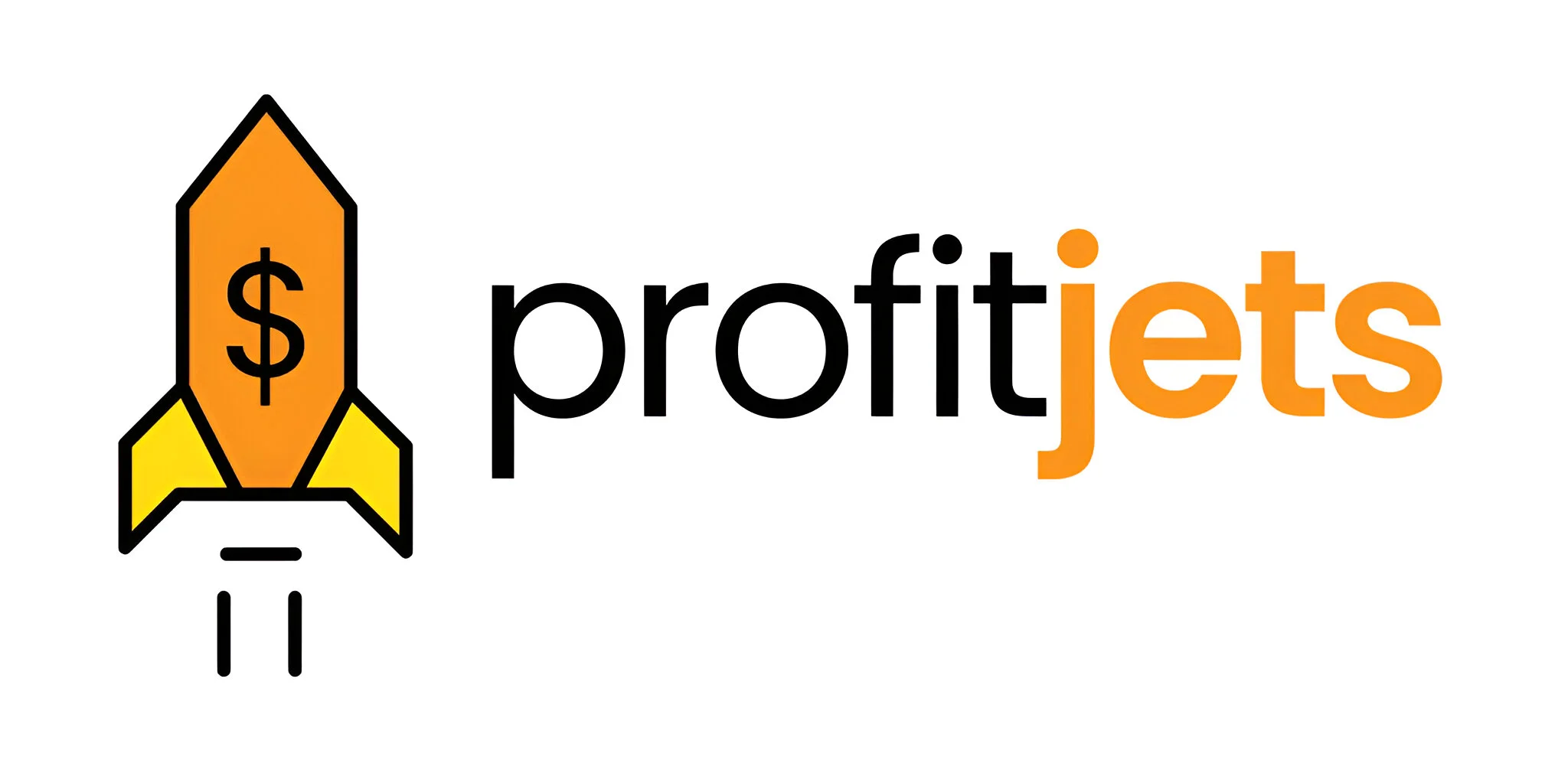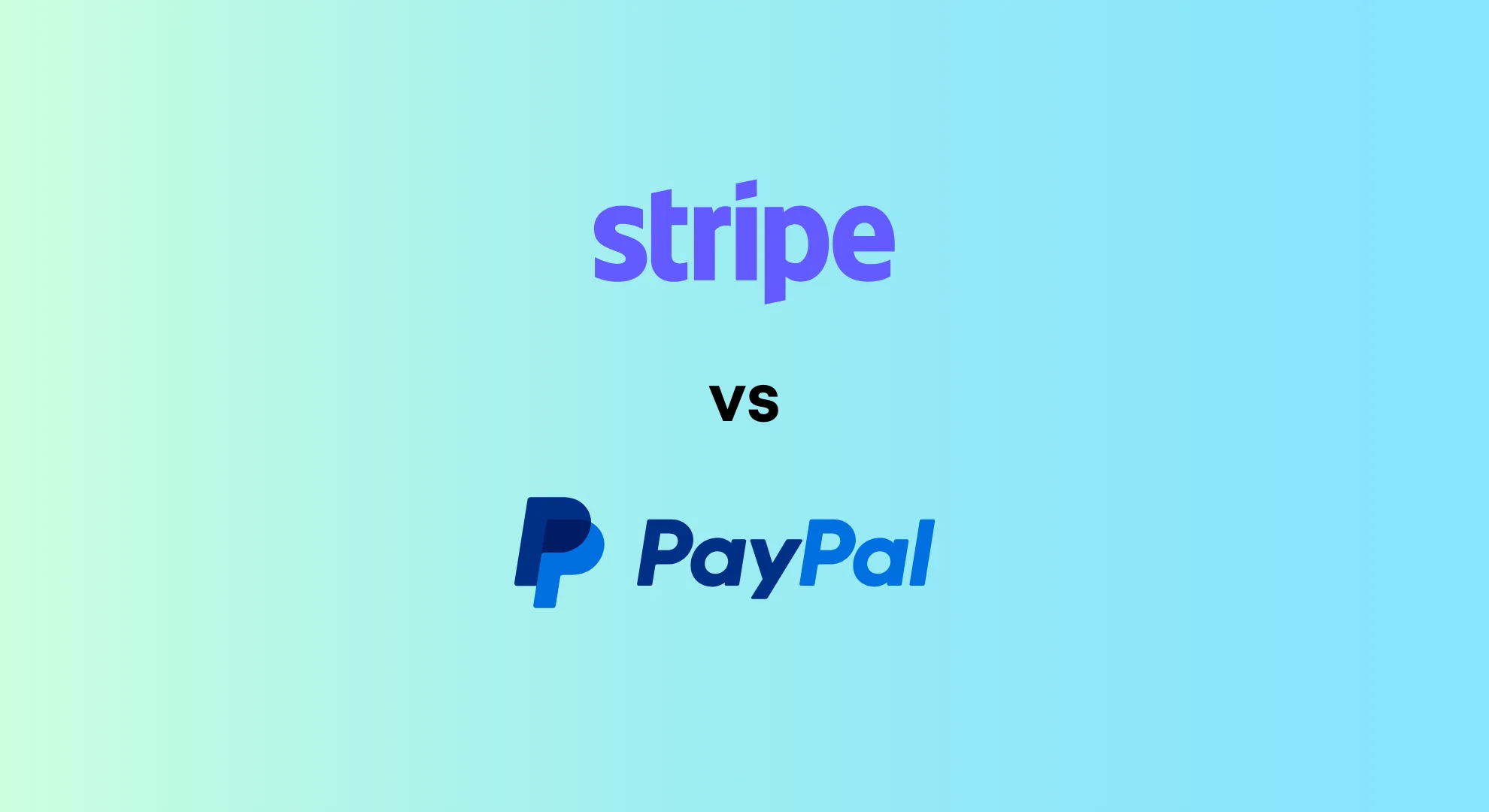Choosing the right payment processor is crucial for any business, whether you’re running an e-commerce site, a subscription service, or offering digital products. Two of the most popular options today are Stripe and PayPal. Both platforms are giants in the payment processing industry but offer different features, pricing, and benefits. In this blog, we’ll look in-depth at Stripe vs PayPal, compare their features and costs, and help you determine which is best suited for your business in 2024.
Table of Content
Stripe vs PayPal: An Overview
Before diving into the specifics, let’s start with a brief overview of Stripe and PayPal.
- Stripe is a payment processing platform known for its developer-friendly tools and flexibility. Launched in 2010, It quickly gained popularity among businesses that require customizable payment solutions. Due to its robust API and wide range of features, it’s particularly favored by online businesses, SaaS companies, and marketplaces.
- For decades, PayPal has been a household name in online payments, especially for consumers and small businesses. Founded in 1998, PayPal offers a straightforward, easy-to-use payment processing solution that integrates with various e-commerce platforms. It’s widely accepted and trusted by consumers globally, making it a go-to option for many businesses.
Stripe vs PayPal: Features
Regarding features, both Stripe and PayPal offer a comprehensive suite of tools to help businesses manage payments. However, there are some key differences in what each platform provides.
| Features | Stripe | PayPal |
| Ease of use | Developer-friendly, requires technical knowledge | User-friendly, easy setup for non-technical users |
| Payment Processing | Credit cards, debit cards, ACH, digital wallets, and more | Credit cards, debit cards, PayPal accounts, digital wallets |
| Customization | Highly customizable via API | Limited customization options |
| Recurring Billing/Subscription | Advanced subscription management | Basic subscription tools |
| Invoicing | Customizable invoicing supports multiple payment methods | Simple invoicing, PayPal-linked payments |
| Currency Support | Supports over 135 currencies | Supports 25 currencies |
| Fraud Protection | Advanced tools, machine learning-based fraud detection | Built-in fraud prevention tools, basic level |
| Mobile Payments | Seamless mobile payments integration | PayPal Here, basic mobile payments |
| Integration | Extensive integration options with third-party services | Wide range of integrations, especially with e-commerce platforms |
| Reporting & Analytics | Detailed, customizable reports | Basic reports with limited customization |

Stripe vs PayPal: Price Differences
Pricing is often one of the most critical factors when choosing a payment processor. Stripe and PayPal offer transparent pricing models, but some differences might influence your decision.
| Pricing | Stripe | PayPal |
| Transaction Fees (Domestic) | 2.9% + 30¢ per transaction | 2.9% + 49¢ per transaction |
| Transaction Fees (International) | 3.9% + additional fees for currency conversion | 4.4% + fixed fee based on currency |
| Chargeback Fee | $15 per chargeback | $20 per chargeback |
| Refunds | No fee for processing refunds, but transaction fees are not refunded | Transaction fees are not refunded |
| Monthly Fees | No monthly fees for basic services | No monthly fees for basic services |
| Additional Services | Custom pricing for enterprise solutions, optional add-ons like Radar for fraud protection | Optional services like PayPal Pro have additional fees |
Stripe vs PayPal: Key Differences
Now that we’ve looked at features and pricing, let’s explore some key differences between Stripe and PayPal that might help you make a more informed decision.
- Customization and Flexibility: Stripe is known for its flexibility and customization options. It’s built for developers and offers a robust API that allows businesses to tailor the payment process to their specific needs. PayPal, while user-friendly, offers less customization, making it better suited for businesses looking for a simple, out-of-the-box solution.
- Ease of Use: PayPal is generally easier to set up and use, making it ideal for small businesses, freelancers, and non-technical users. Stripe, however, requires some technical expertise to fully utilize its potential, making it a better fit for larger businesses or those with dedicated development teams.
- Global Reach: Stripe supports a broader range of currencies (over 135) compared to PayPal (25 currencies). This makes Stripe a more attractive option for businesses operating internationally or planning to expand globally.
- Recurring Payments: Stripe’s subscription management tools are more advanced than PayPal’s. Stripe offers detailed billing plans, customizable invoices, and the ability to handle complex billing scenarios like metered billing. PayPal’s subscription features are more basic, catering to simpler needs.
Stripe vs PayPal: Pros and Cons
Stripe
Pros:
- Highly Customizable: Ideal for businesses that require tailored payment solutions.
- Comprehensive API: Developer-friendly, offering extensive integration options.
- Advanced Features: Robust tools for subscription management, fraud prevention, and more.
- Global Reach: Supports a wide range of currencies and payment methods.
Cons:
- Technical Complexity: Requires some technical knowledge to set up and customize.
- Higher Learning Curve: This may not be ideal for small businesses or non-technical users.
PayPal
Pros:
- Ease of Use: Simple setup, making it accessible for small businesses and individuals.
- Widely Accepted: Trusted by consumers worldwide, offering instant brand recognition.
- Quick Setup: This can run in minutes with minimal configuration.
- Mobile and Online Integration: Seamless integration with most e-commerce platforms.
Cons:
- Limited Customization: Less flexible compared to Stripe, with fewer advanced features.
- Higher Transaction Fees: Slightly higher transaction fees, especially for international payments.
Stripe vs PayPal: Which is Better for Your Business?
The decision between Stripe and PayPal depends largely on the specific needs of your business.
- Choose Stripe if Your business requires advanced features, such as customizable payment solutions, recurring billing, and global reach. Stripe is ideal for tech-savvy businesses, SaaS companies, and those with a dedicated development team.
- Choose PayPal if You’re looking for an easy-to-use, widely accepted payment processor that offers quick setup and instant brand recognition. PayPal is a great choice for small businesses, freelancers, and those who want a simple, reliable payment solution without needing technical customization.
Stripe vs PayPal: Alternatives
If neither Stripe nor PayPal seems like the perfect fit for your business, there are several other payment processors worth considering:
- Square: Excellent for small businesses needing a POS system and online payment processing.
- Braintree: A subsidiary of PayPal, offering advanced features and customization similar to Stripe but with the reliability of PayPal.
- Authorize.net: A solid choice for businesses seeking a traditional payment gateway with extensive features.

How Profitjets Supports Your Business with Stripe and PayPal Transaction Management?
No matter which platform you choose, managing the flow of transactions is critical for keeping your financial records accurate. At Profitjets, we offer expert bookkeeping services to ensure your transaction data from Stripe or PayPal is properly tracked. Our tax services help businesses stay compliant with tax reporting on payment processing. If your books are behind, our catch-up accounting services will bring everything up to date quickly. We also offer CFO services for strategic financial insights and bookkeeping for CPAs to assist accounting professionals handling multiple clients. Let Profitjets support your business with customized accounting solutions that fit your payment platform.
Conclusion
Regarding Stripe vs PayPal, the best payment processor for your business in 2024 depends on your specific needs, budget, and technical capabilities. Stripe offers advanced features and flexibility ideal for larger, tech-savvy businesses, while PayPal provides a simple, user-friendly solution perfect for small businesses and freelancers. Carefully evaluate each platform’s features, pricing, and support to ensure you make the best choice for your business.










